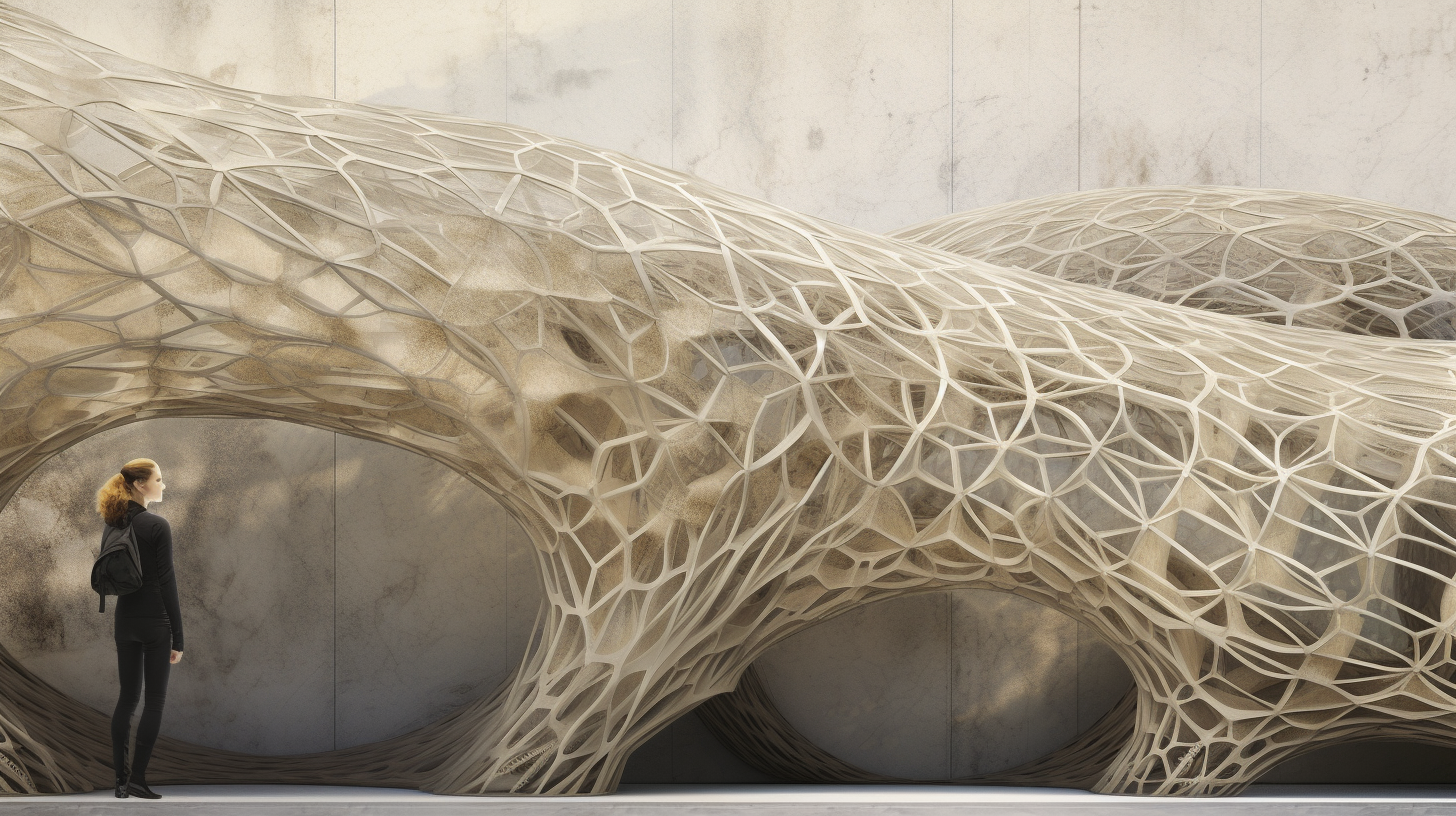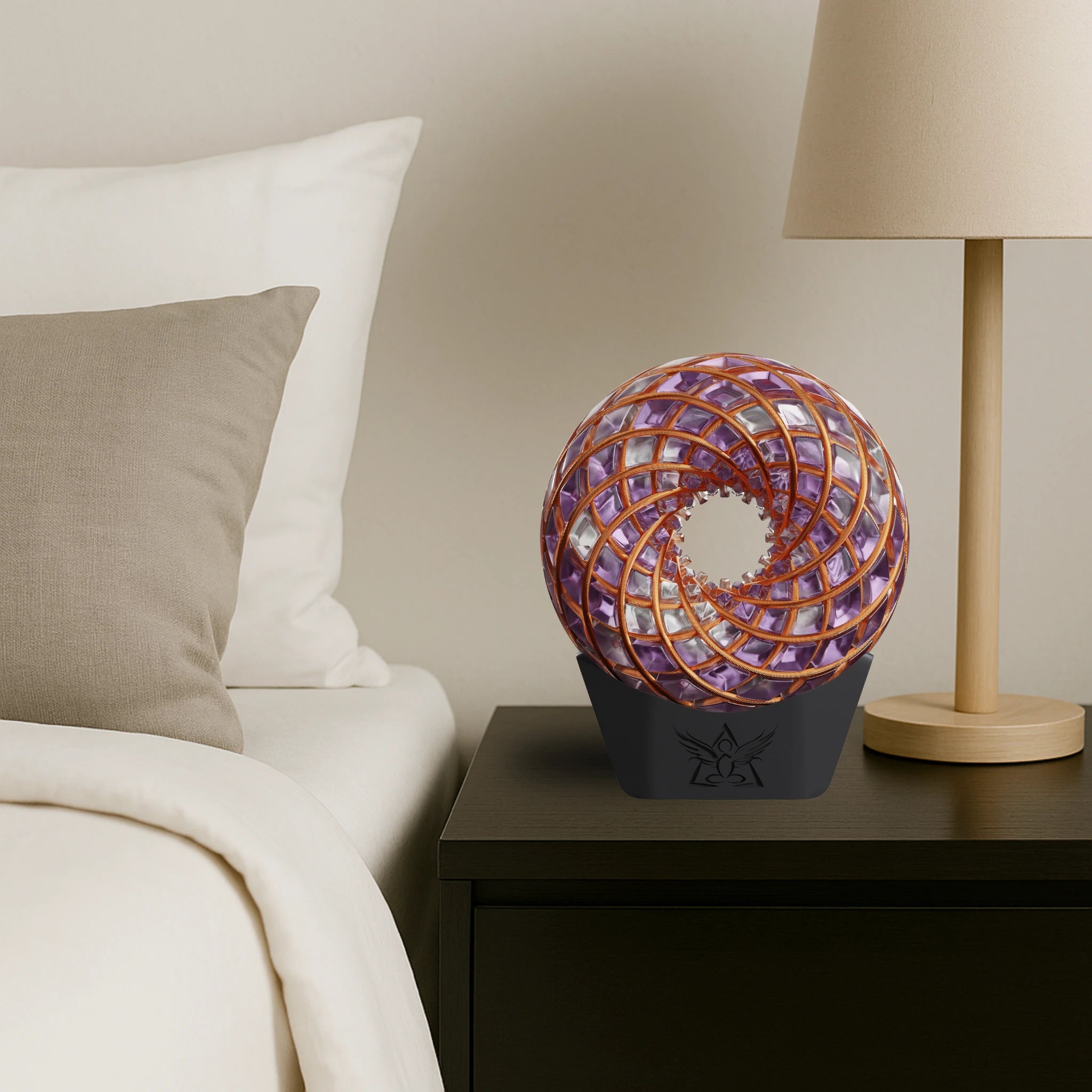Biologic Architecture, also known as biophilic design, is an innovative approach to architectural design that draws inspiration from nature and incorporates organic elements into built environments. This design philosophy recognizes the inherent connection between humans and the natural world, emphasizing the importance of integrating natural elements to enhance well-being and sustainability. In this article, we will explore the correlations between biologic architecture and the human body, highlighting the benefits of incorporating biophilic design principles into our living spaces.
- Connection with Nature: A Human Instinct
Throughout history, humans have had an innate affinity for the natural world. Biologic Architecture recognizes and embraces this connection by integrating elements such as natural light, vegetation, water features, and natural materials into buildings. Research shows that exposure to nature has numerous positive effects on human health and well-being, including reduced stress levels, increased productivity, improved cognitive function, and faster recovery from illness. By incorporating elements of nature into architectural design, biologic architecture creates environments that align with our biological instincts and promote a sense of well-being.
- Enhancing Air Quality and Ventilation
The human body relies on fresh air for optimal health and functioning. Biologic Architecture prioritizes indoor air quality by integrating natural ventilation systems, green walls, and air purification technologies. These elements not only improve air quality but also reduce the presence of harmful toxins, such as volatile organic compounds (VOCs), that are commonly found in synthetic building materials. By mimicking natural airflow patterns and using natural materials, biologic architecture creates healthier indoor environments that promote respiratory health and overall well-being.
- Daylight and Circadian Rhythms
The human body's circadian rhythms are regulated by natural light patterns. Biologic Architecture leverages this understanding by incorporating ample daylight into building designs. Exposure to natural light has been linked to improved mood, increased productivity, and better sleep quality. By integrating features such as large windows, skylights, and light wells, biologic architecture ensures that occupants have access to natural light, enabling them to synchronize their internal clocks with the external environment.
- Biomorphic Design and Psychological Well-being
Biomorphic design, inspired by organic shapes and patterns found in nature, has been shown to have a positive impact on psychological well-being. Biologic Architecture incorporates these design principles through the use of curved lines, flowing forms, and fractal patterns. Such designs can evoke a sense of calmness, reduce stress, and enhance creativity. By creating spaces that resonate with our inherent affinity for natural forms, biologic architecture fosters a greater sense of connection and harmony with our surroundings.
- Sustainability and Ecological Responsibility
In addition to improving human well-being, biologic architecture prioritizes sustainability and ecological responsibility. By utilizing renewable energy sources, maximizing energy efficiency, and integrating recycled and low-impact materials, biologic architecture reduces the environmental footprint of buildings. This approach aligns with the urgent need to address climate change and promote a more sustainable future for generations to come.
Conclusion
Biologic Architecture recognizes the deep-rooted correlations between the human body and the natural world. By integrating elements of nature, optimizing indoor air quality, prioritizing natural light, and embracing biomorphic design, biologic architecture enhances human well-being and promotes sustainable living. As we continue to advance in our understanding of the connection between our built environments and our bodies, incorporating biophilic design principles will play a crucial role in creating healthier, more sustainable, and inspiring spaces for all.
Keywords: Biologic Architecture, Human Body, Correlations, Sustainable Design, Biophilic Design, Nature, Well-being, Air Quality, Ventilation, Daylight, Circadian R




